"It probably saves an hour a day"
Who?
Matthijs Meijer
Dairy farmer
Where?
Blijham, The Netherlands
About the farm
- 325 dairy cows, 35 calves
- 110 youngstock with a raiser
- 146 hectares of land (grass, maize and crops)
- Cows milked twice a day with 2x16 rapid exit system
- 10.466 kg milk per cow, 4.36 per cent fat, 3.41 per cent protein
Nedap solutions
Results
Make your farm future proof
Nedap CowControl is efficient and convenient
For Matthijs Meijer (26) from Blijham, efficiency and convenience are by far the most important advantages of Nedap CowControl with Heat Detection for dairy cows.
“It probably saves an hour a day,” says the young farmer. He is satisfied with the Smarttag Leg and says the system can ‘absolutely be recommended’. Matthijs’s motto is: “When the cow is happy, so is the farmer.”

Erasing the doubts
Shorter time to gestation for cows
Initially, they performed the heat detection themselves; at that time, Matthijs’s father was still working actively as a farmer. Then the cattle herd grew and, in 2012, they switched to the Nedap Heat Detection system with leg tags. According to Matthijs, the idea was to reduce the time before gestation. “It’s also good for their health. Otherwise, they are too fat when they become pregnant, with all the related health risks.” When they first started using the system, the farmers still had their doubts.
“But heat detection actually works really well,” Matthijs maintains. “If the system says a cow is in heat, we trust this to be the case.” All cows are scanned for pregnancy after 32 days. A cow has only miscarried at a later stage once. “That’s the good thing about heat detection: you will soon see such a cow back in heat. Otherwise, you might end up with a dry cow but no calf.”
Heat detection also helps him determine the right time to inseminate. “I can see exactly how long the cow was restless the last time. That lets me see when she is calm again and when I can best inseminate her.”
Nedap Heat Detection
Investment recouped in 3 years
According to the cattle farmer, the investment has clearly paid off. The calving interval was already good, but has been reduced by another 15 days to 376 days. “Every day that the calving interval can be reduced is worth EUR 2 per cow per day,” Matthijs explains. “Based on 330 cows, this saves almost EUR 10,000 per year. This means that I recouped my investment in the leg bands and the system within just three years.”
This also enables him to estimate the correct insemination time more accurately, resulting in a drop in insemination attempts to 2.1. “It definitely saves an hour of work a day, which is a really good return.”
Standing and Lying monitoring for better cow health
The Smarttag Leg also monitor standing/lying times. If cows are limping and move less, the farmer receives an alert. “I am in the milking pit twice a day, so I tend to see for myself when a cow is limping, but now I can also check whether a limping cow is getting better with treatment.”
It is also easier to monitor the lying behavior. “If the sand spreader for the stalls is faulty, I will be able to see it, because this means that the cows are spending less time lying down in the stalls.” He casts a glance at the system. “Look, the dry cows are spending 15.5 to 16 hours a day lying down, while the lactating cows are spending 13 to 14 hours.”
Matthijs Meijer is seeing excellent results in his new barn, partially thanks to Nedap CowControl with Heat Detection and Health Monitoring. “If I had to give the system a score, it would be a strong 8. I am really satisfied,” he says.
Your farm is unique
The Meijer family farm
The Meijer family owns a dairy farm in Blijham with 325 cows and 35 calves; the remaining youngstock (110 heads) are with a grower. They grow grass, corn and other crops on 146 hectares to supply their own fodder. The cows remain in the barn all year round and are milked twice a day, using a DeLaval 2×16 rapid exit system. Production averages 10,466 kg of milk per cow, containing 4.36 percent fat and 3.41 percent protein.
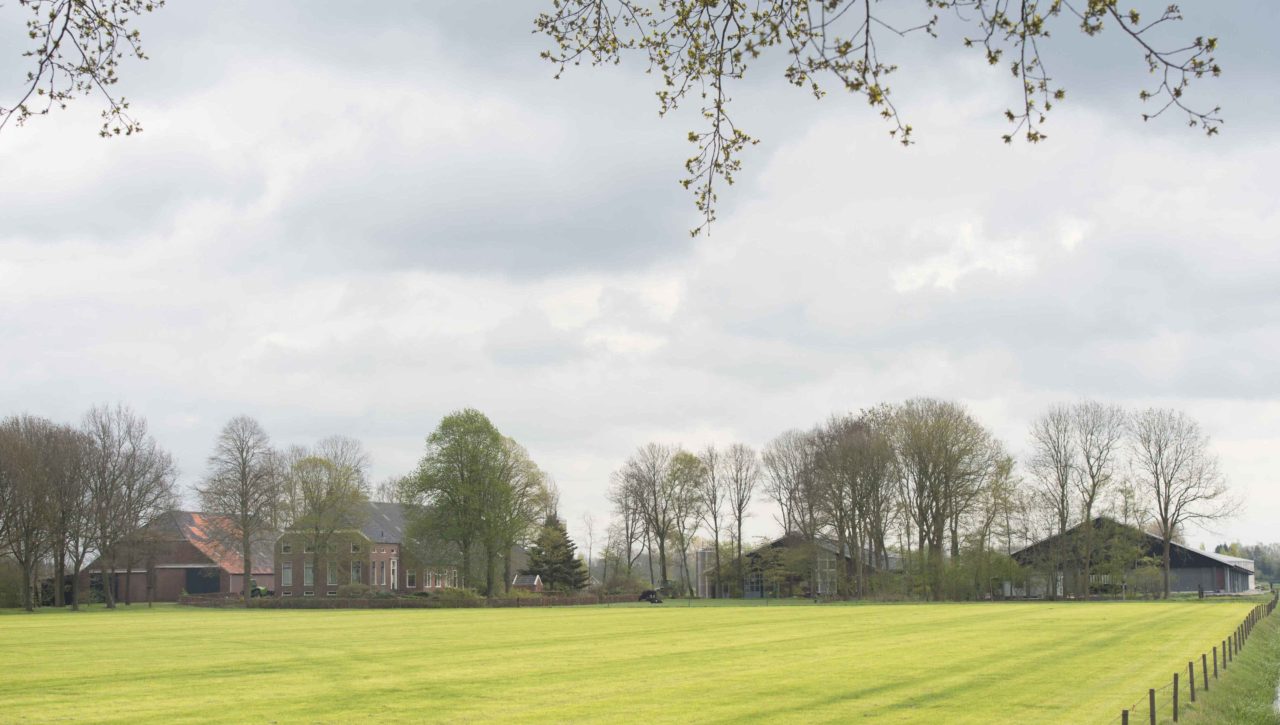
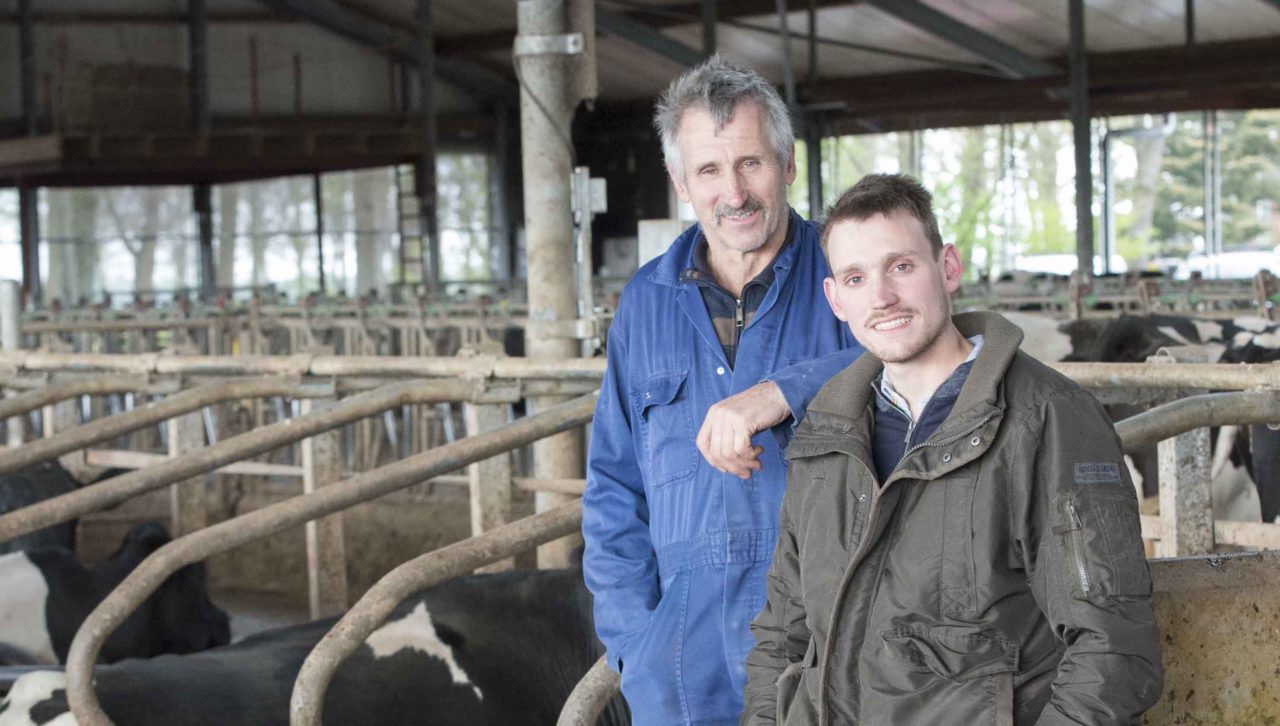
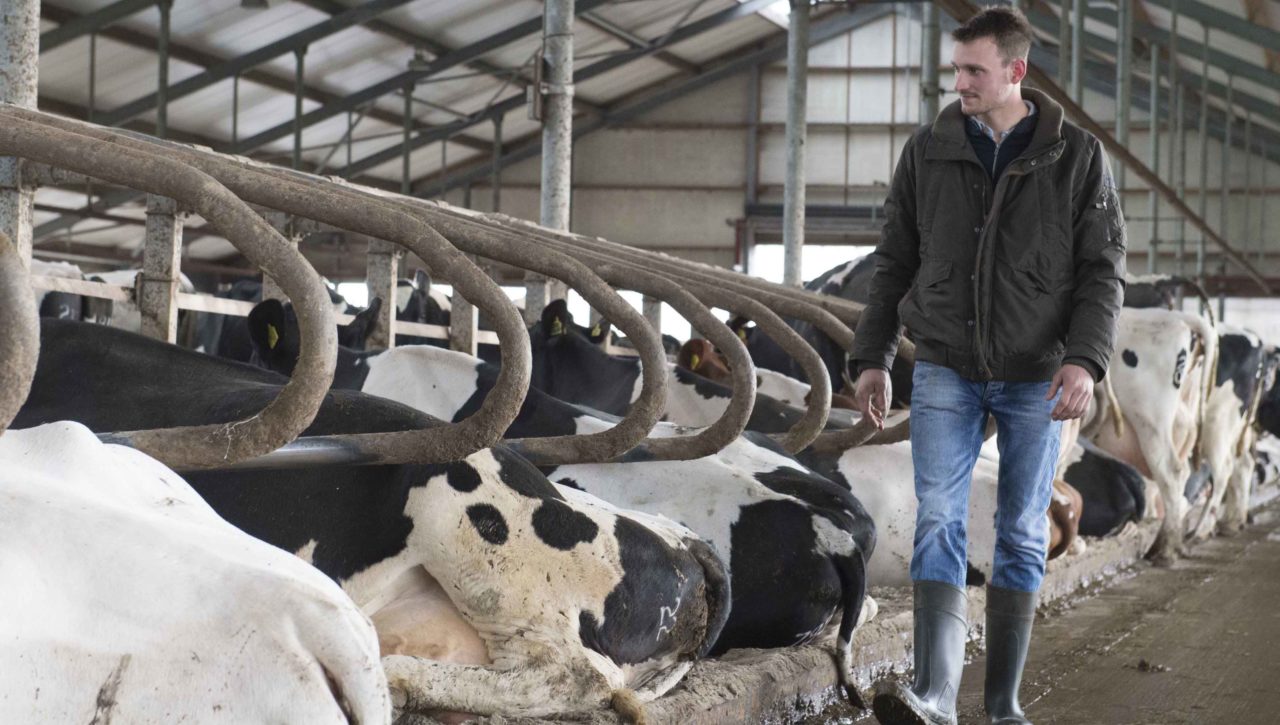
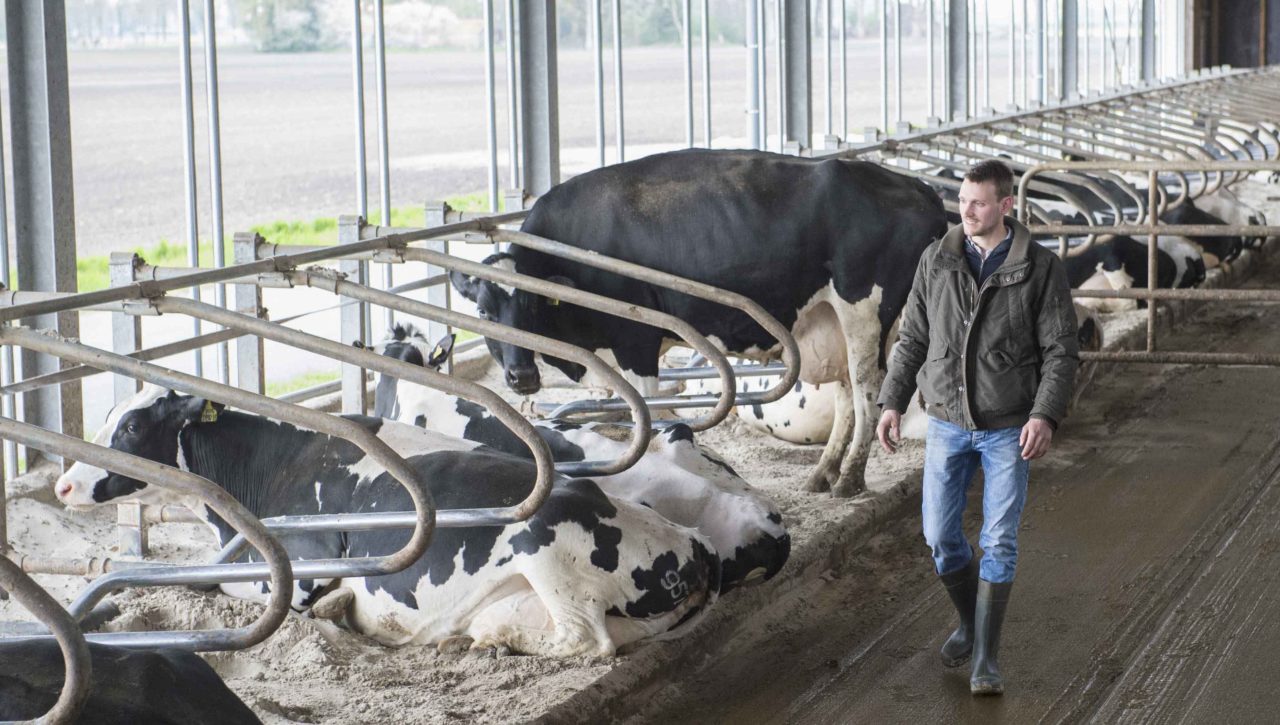
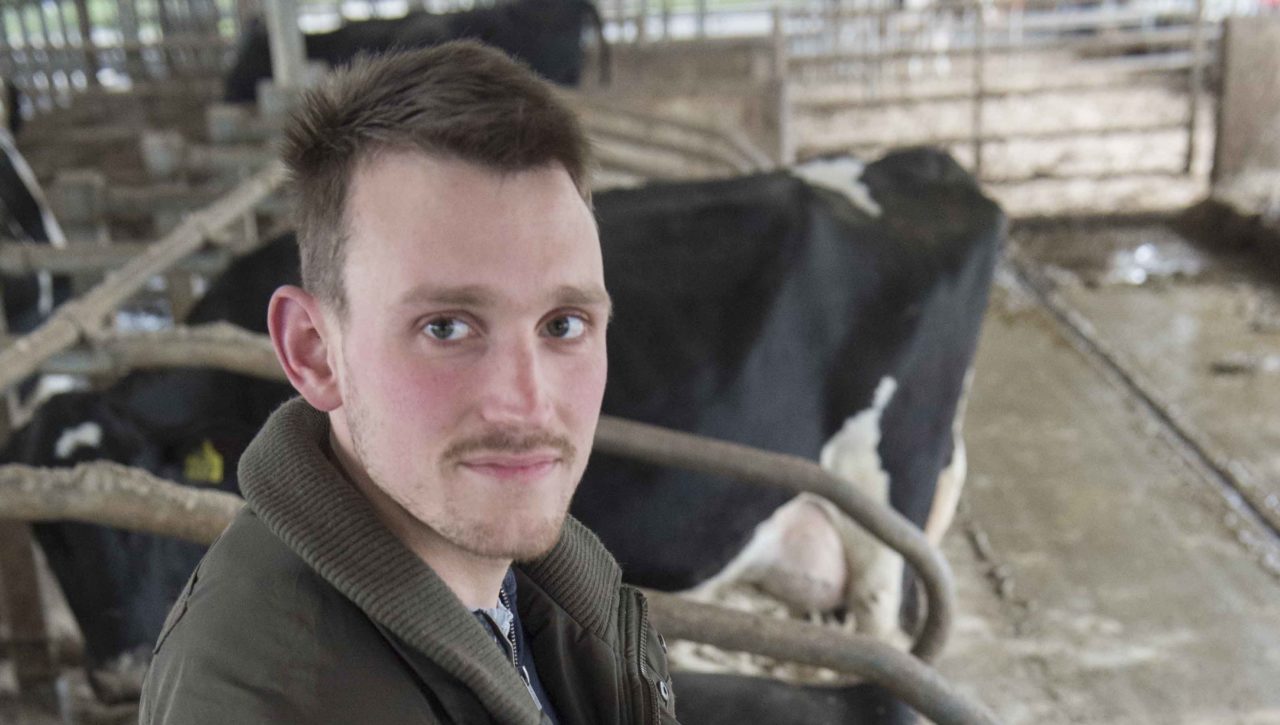
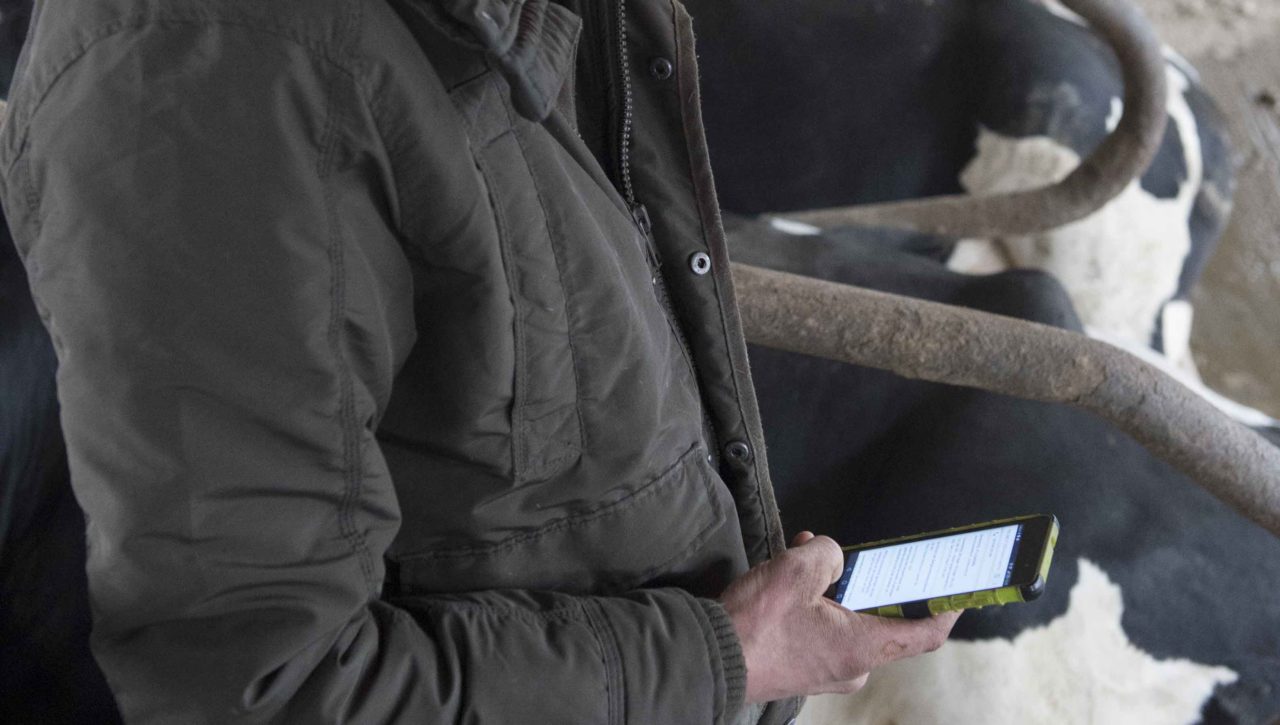

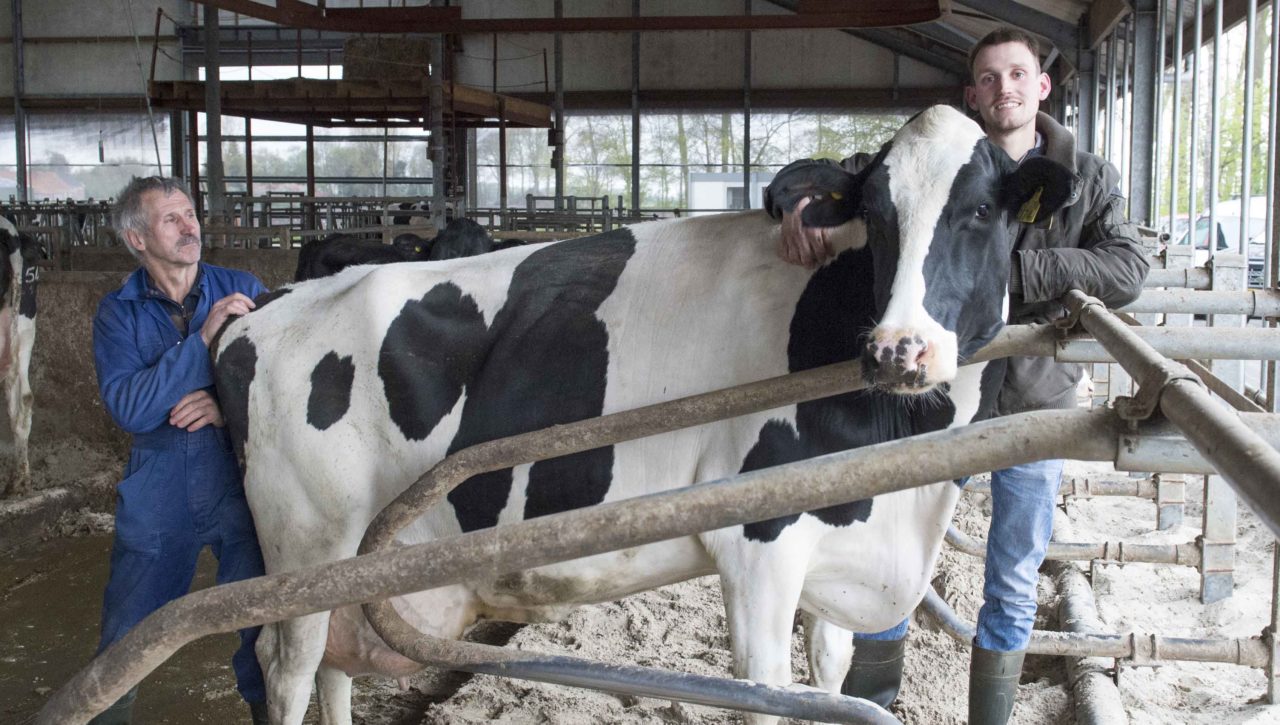
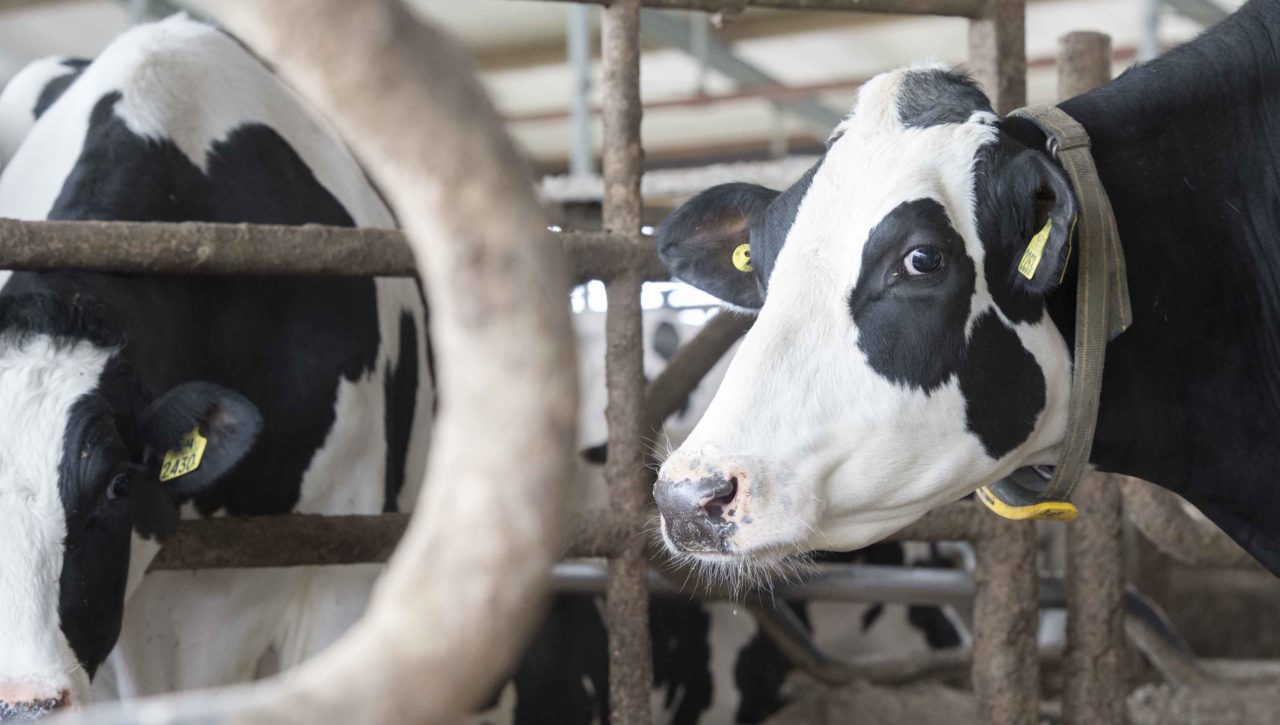
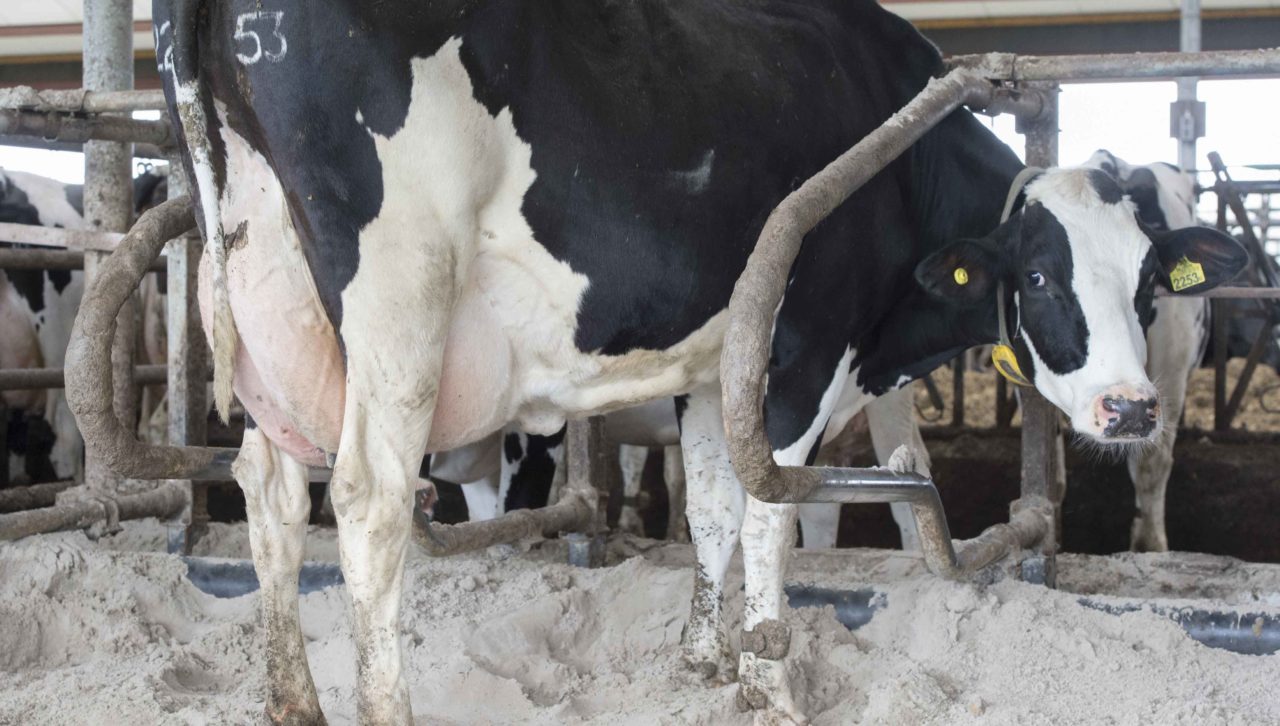

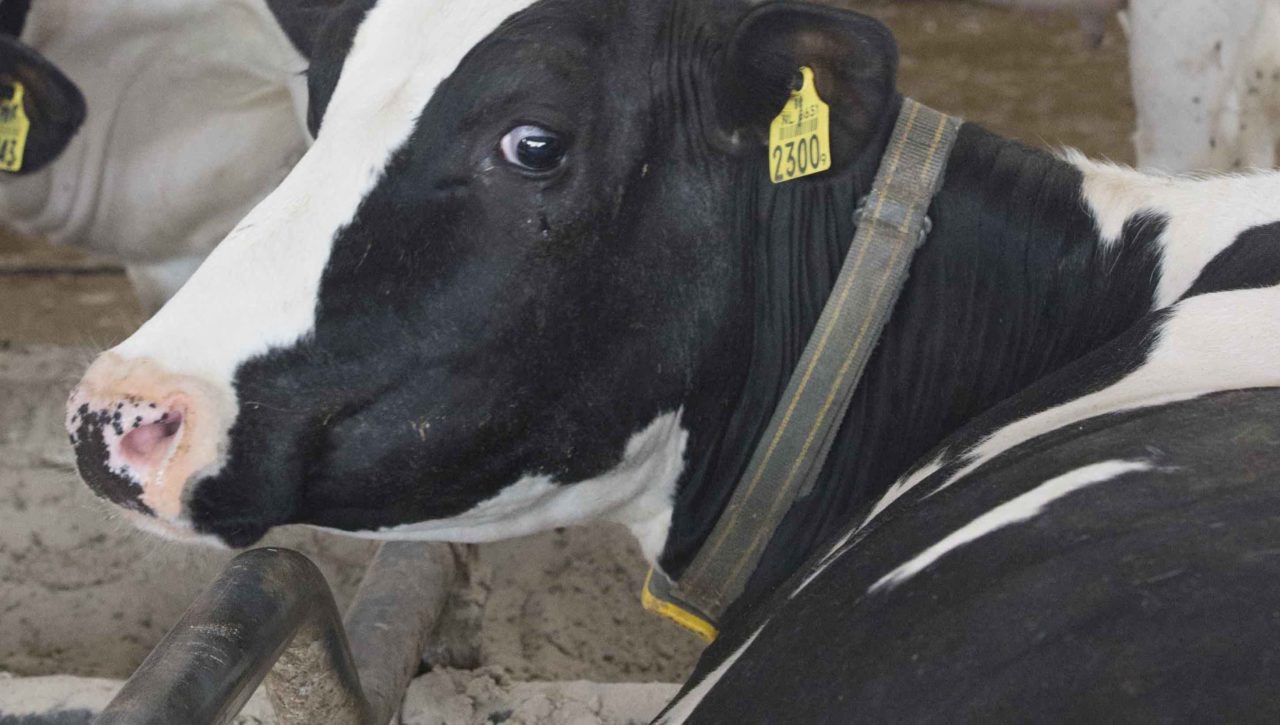
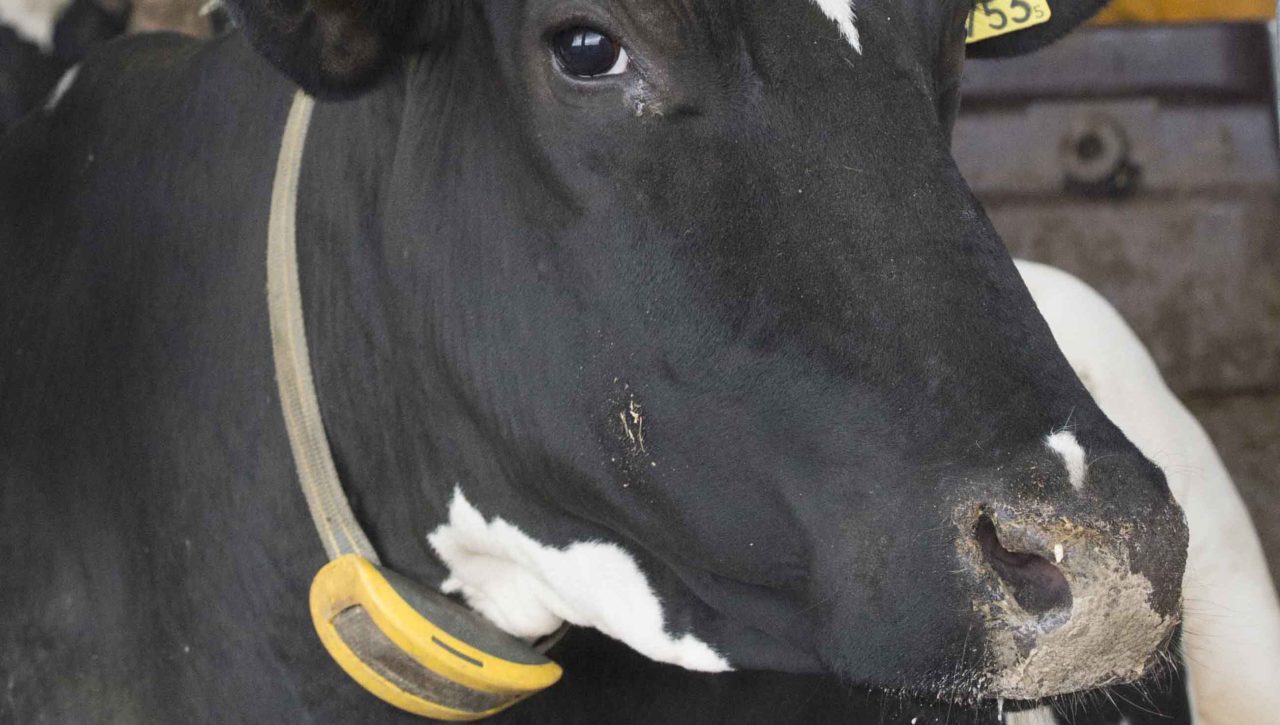
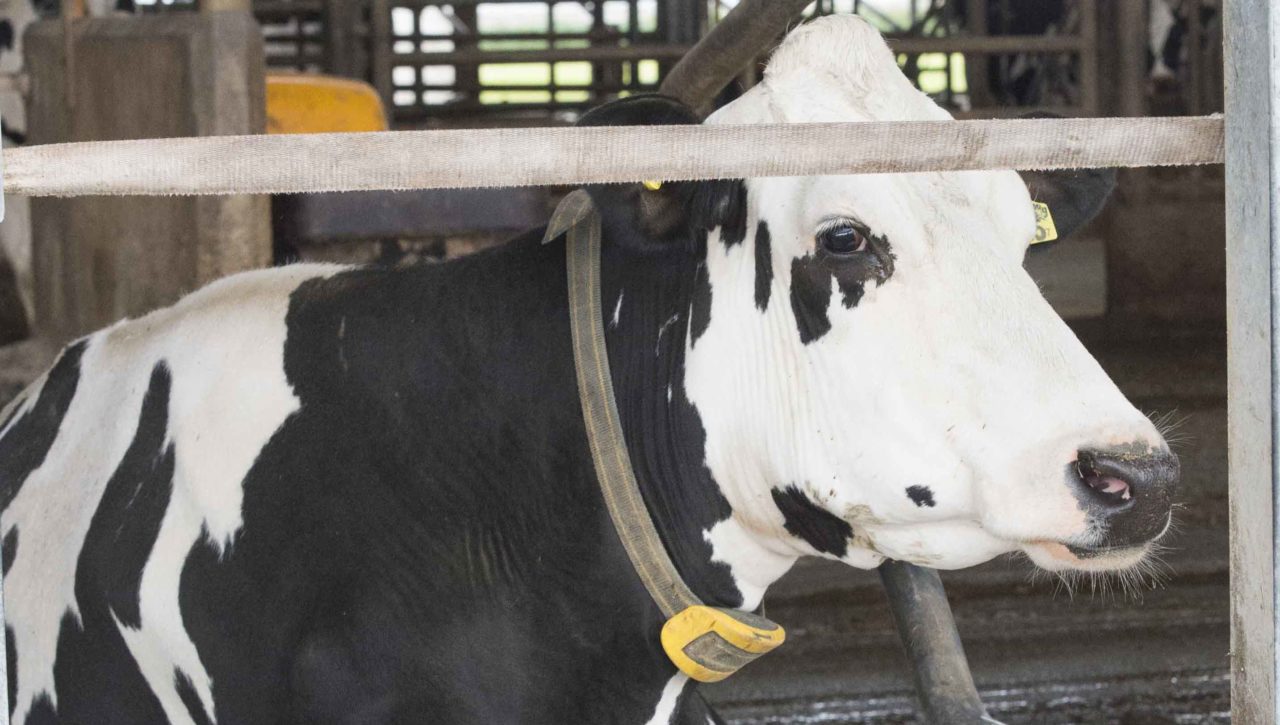
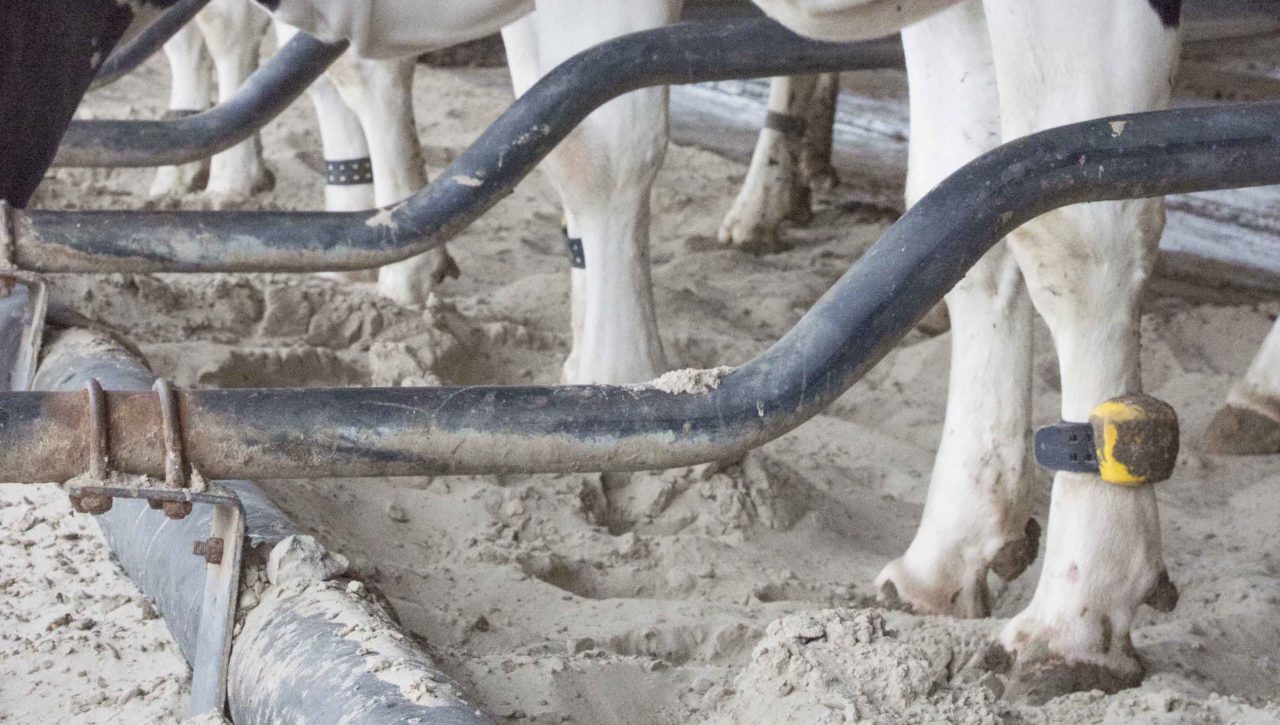
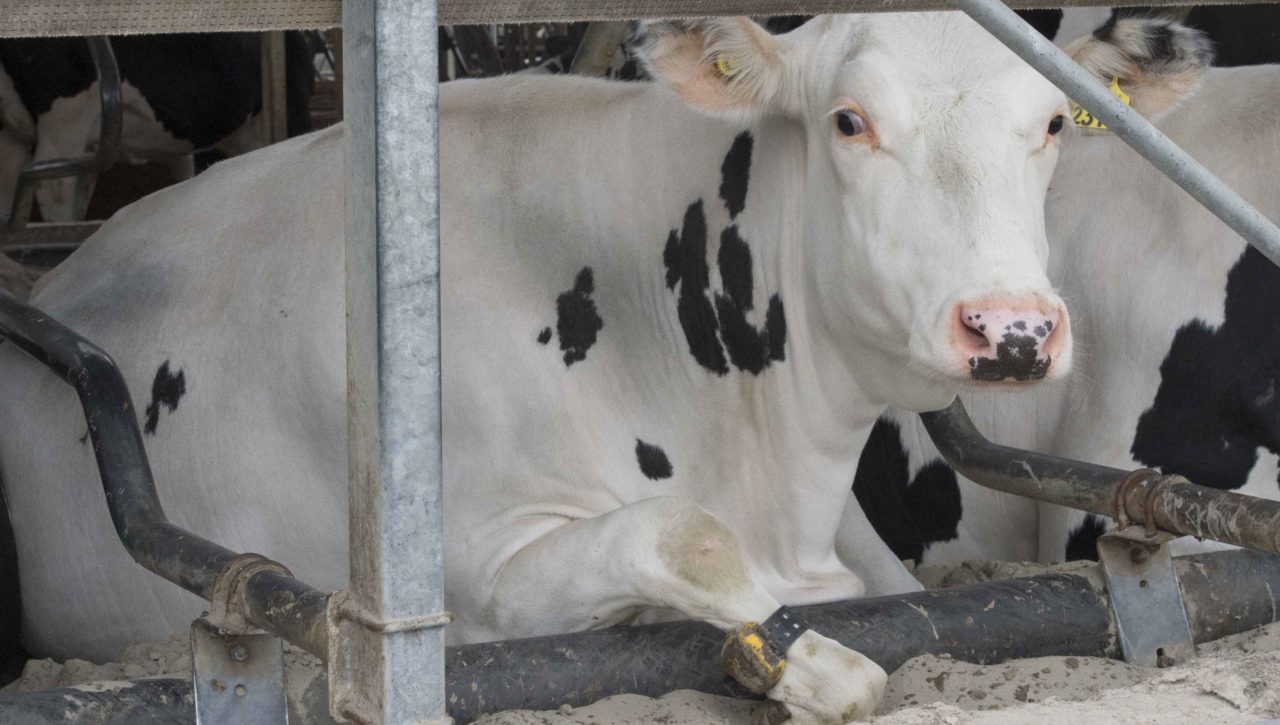
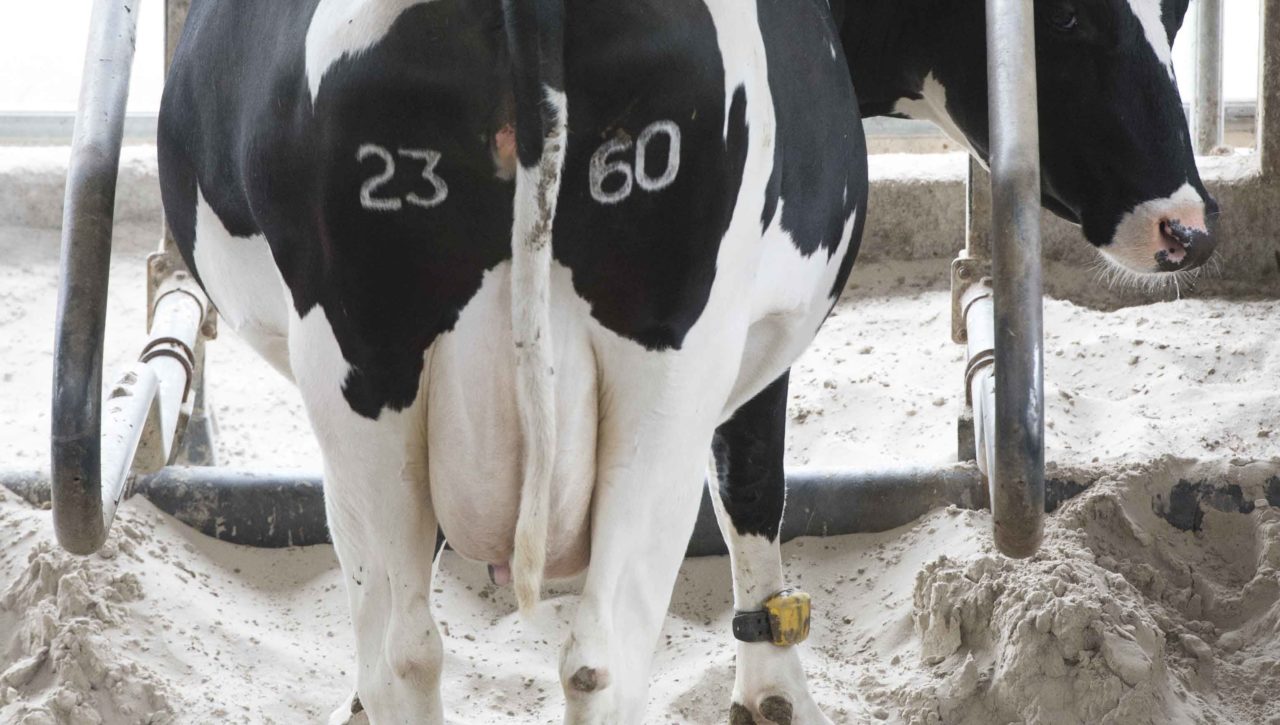
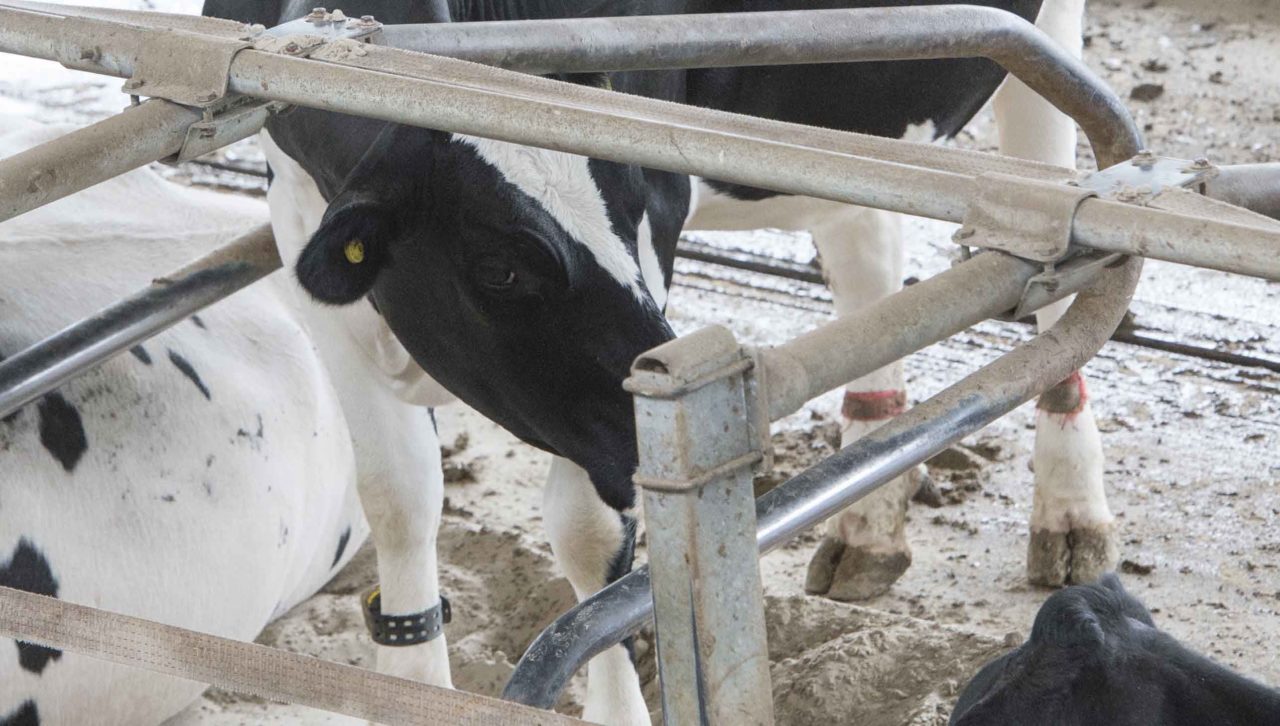
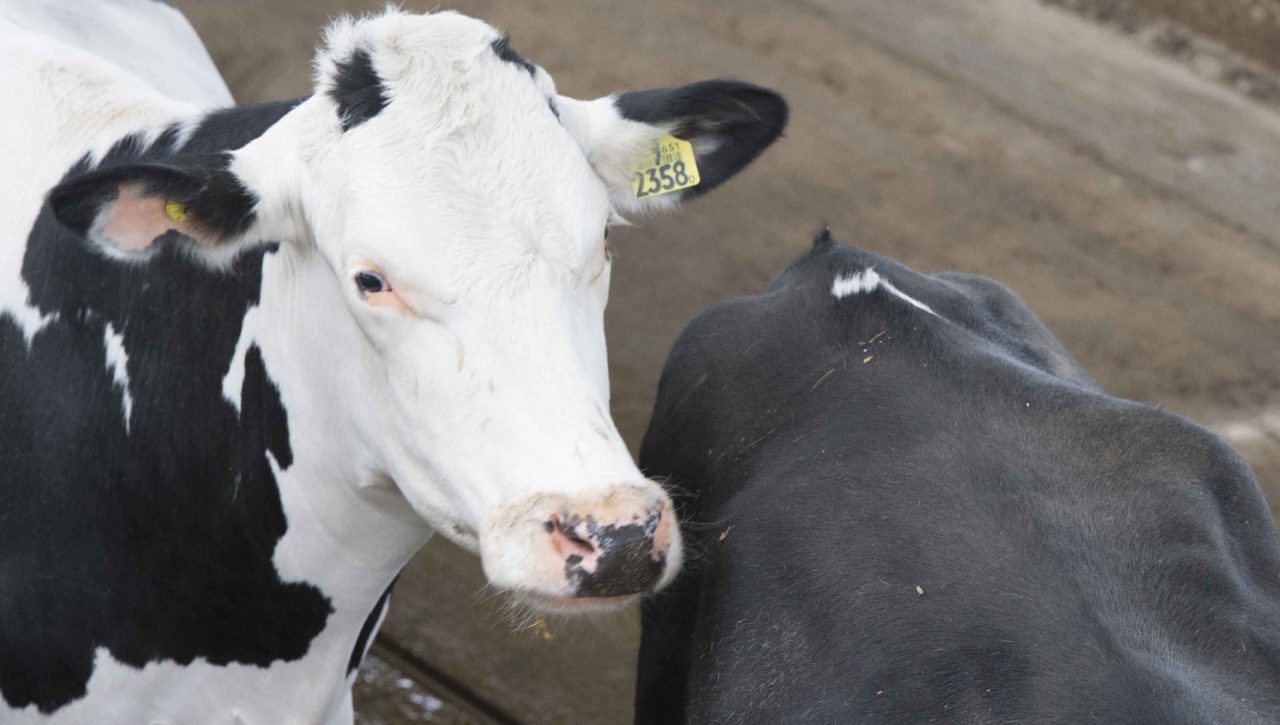
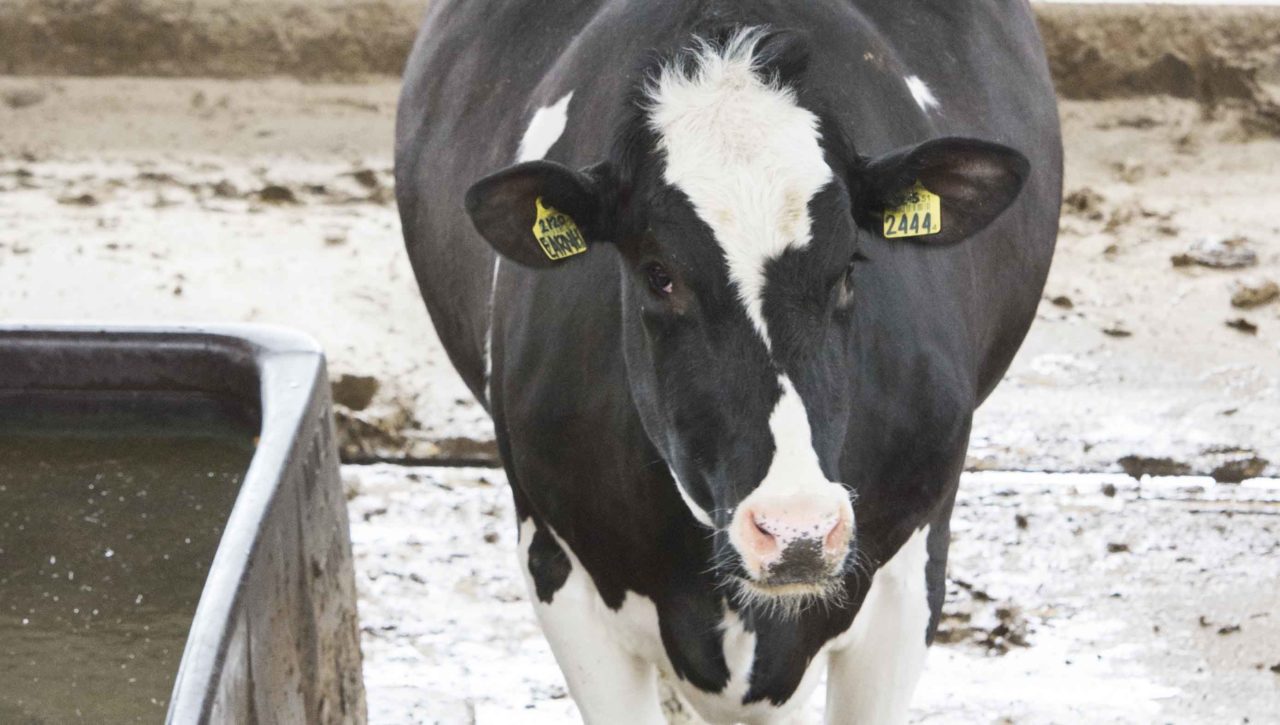
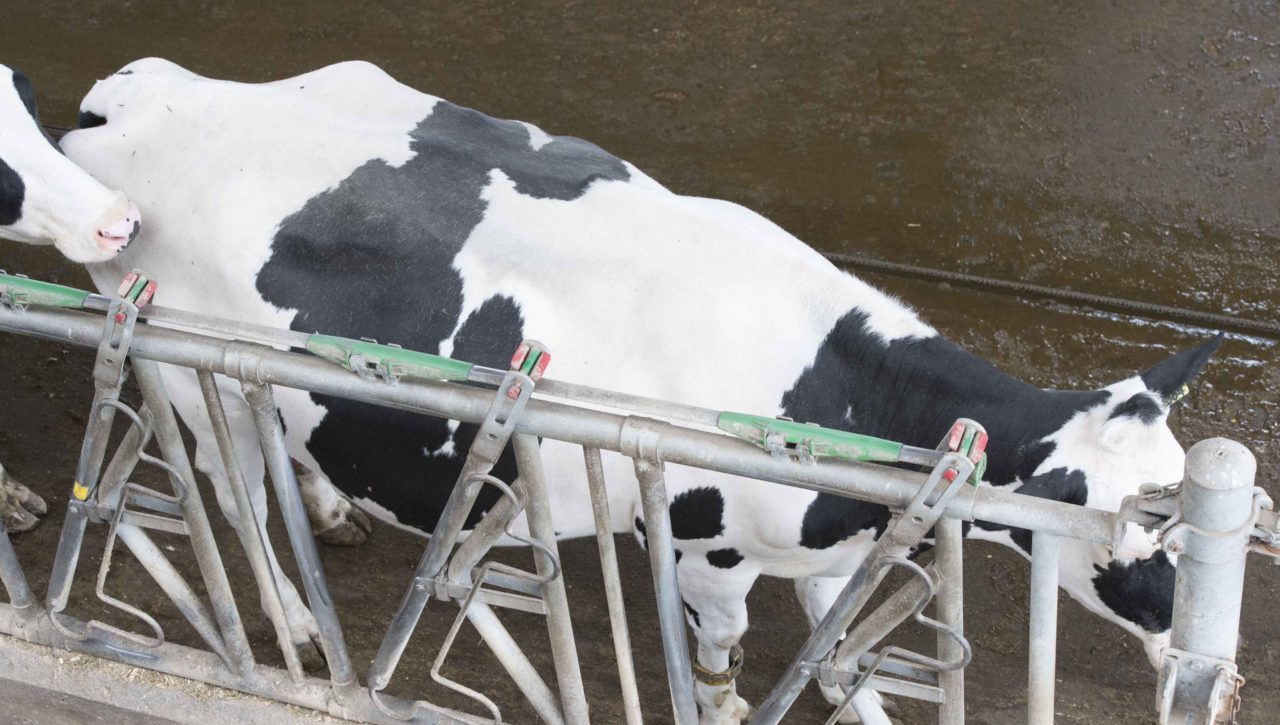

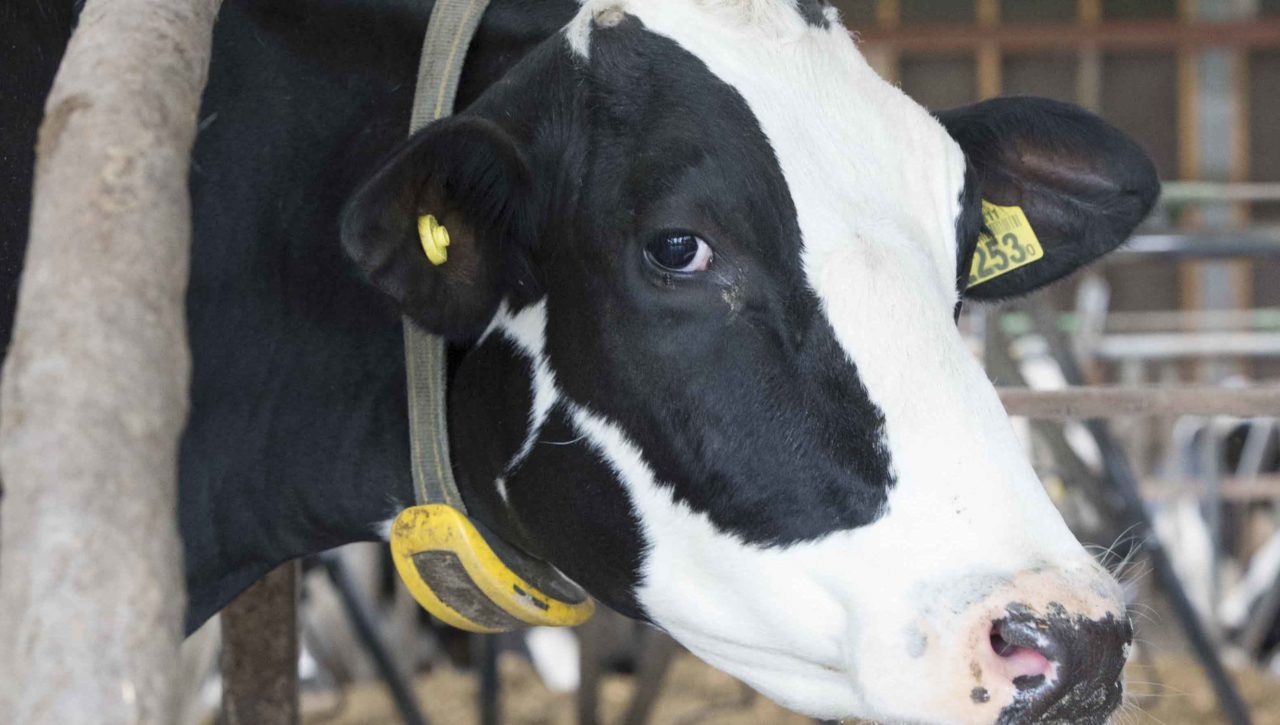

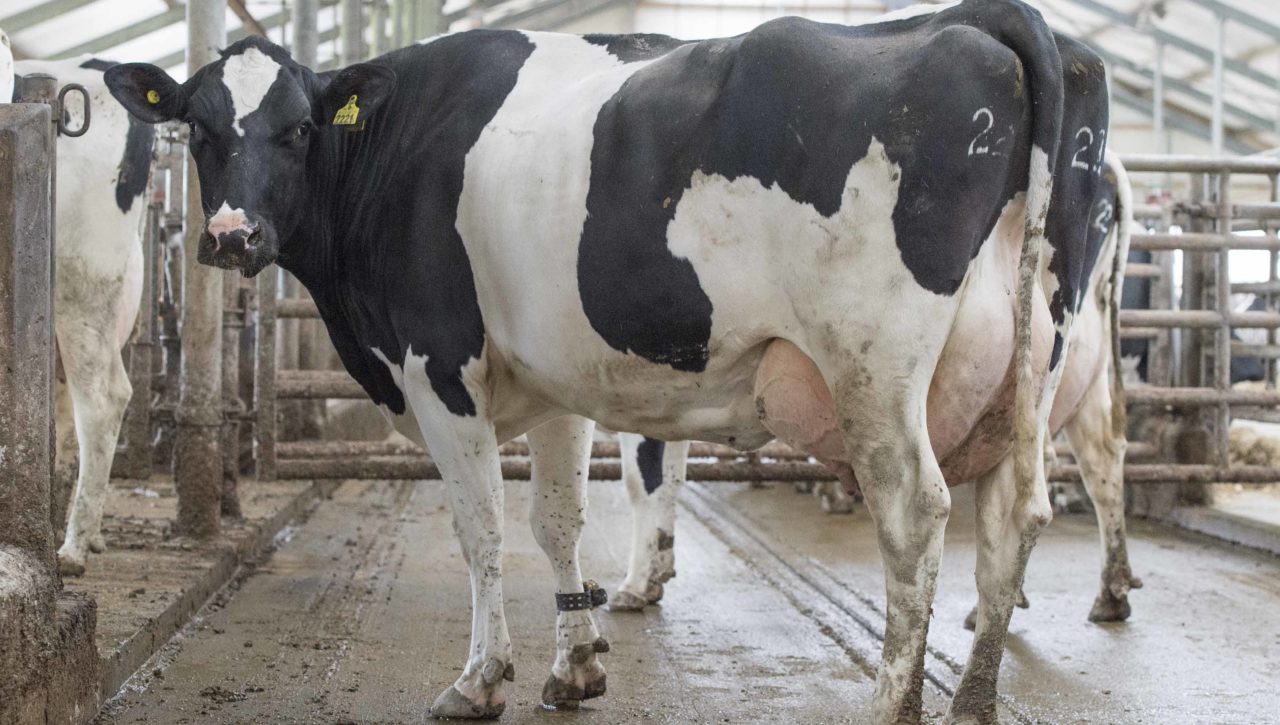
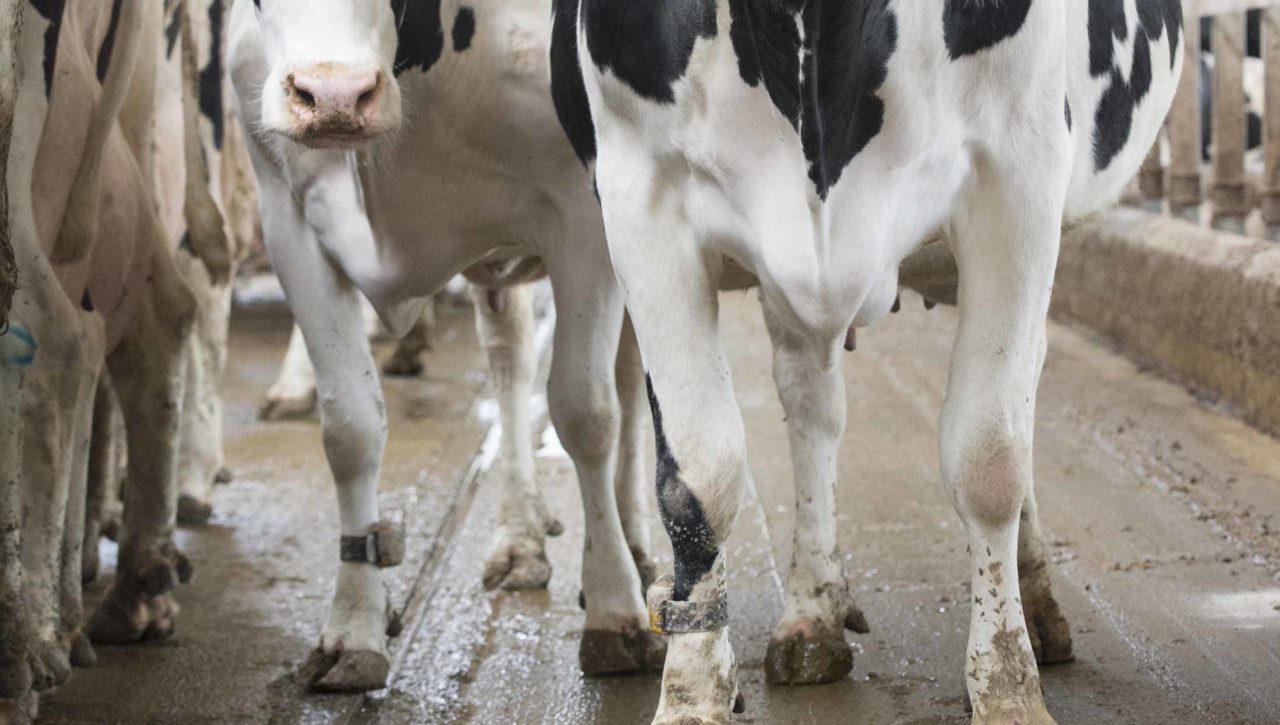
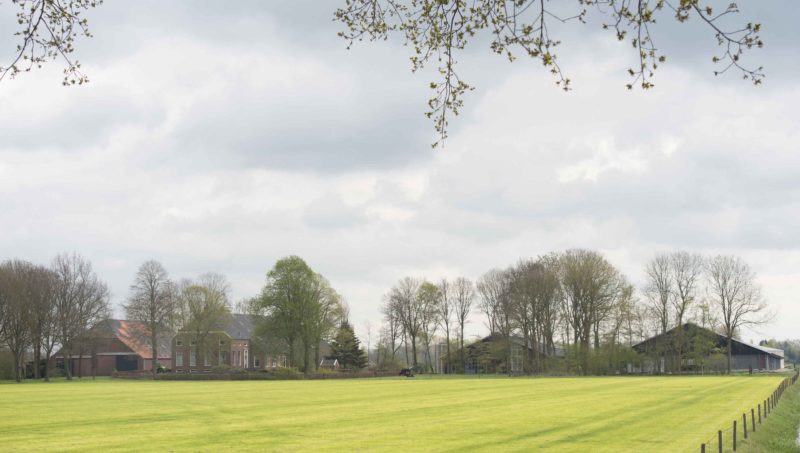
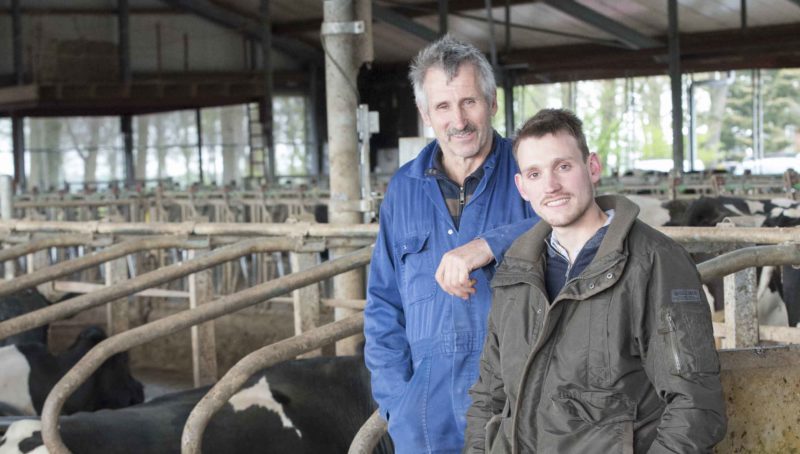
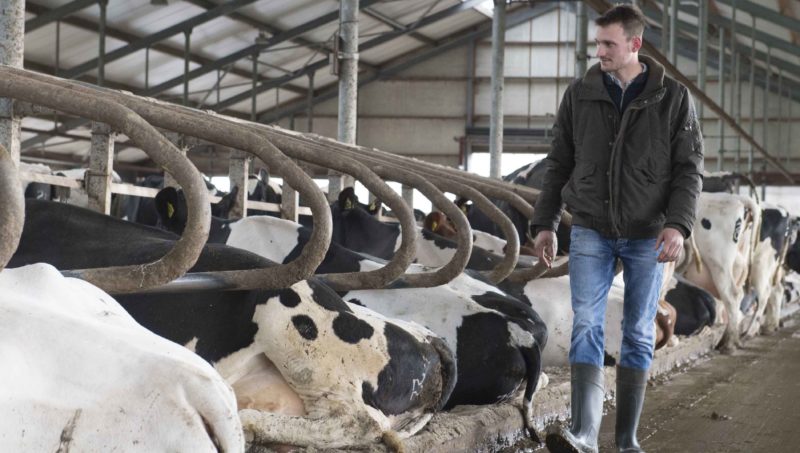
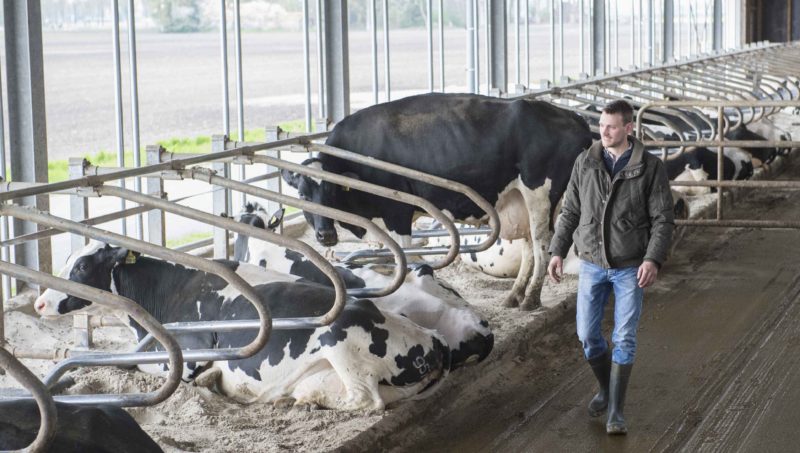
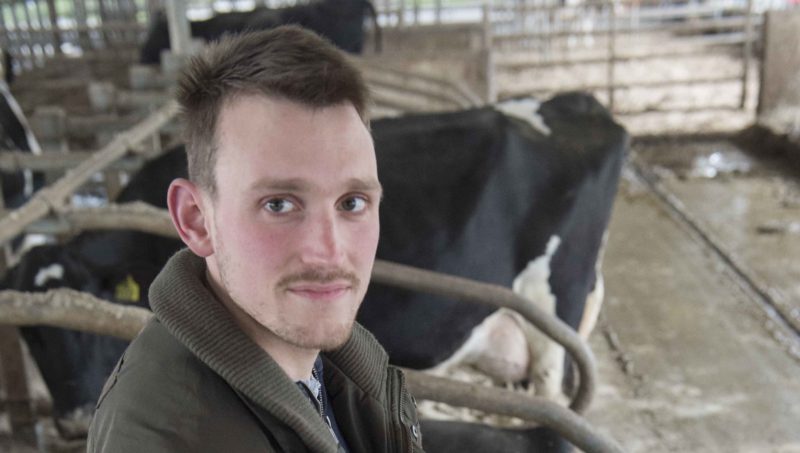
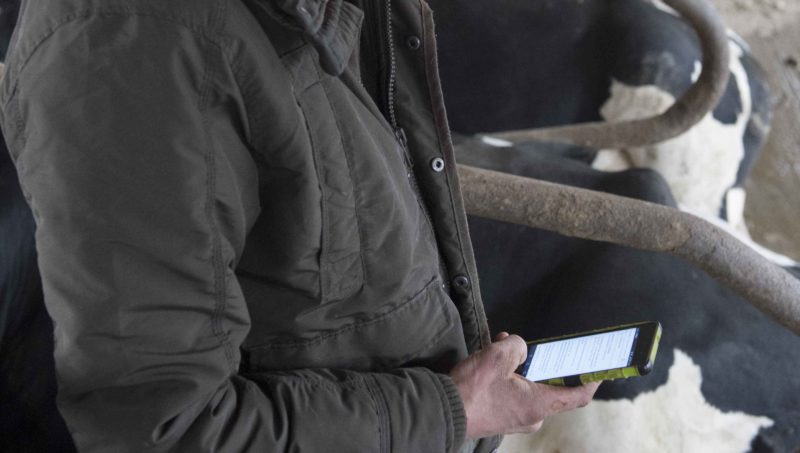

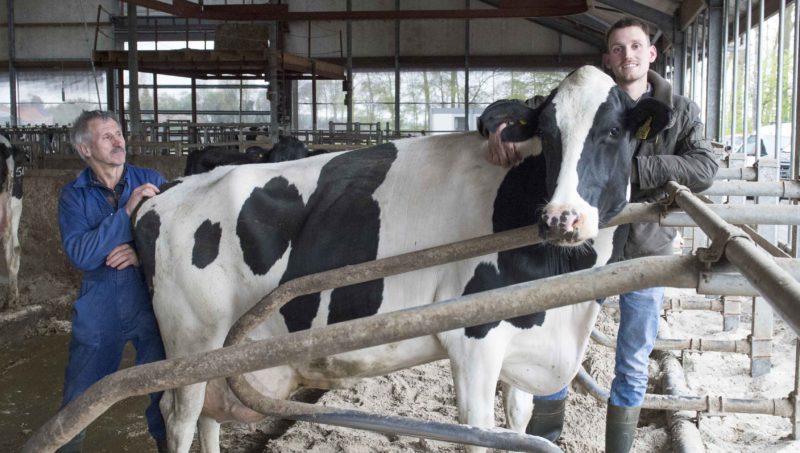
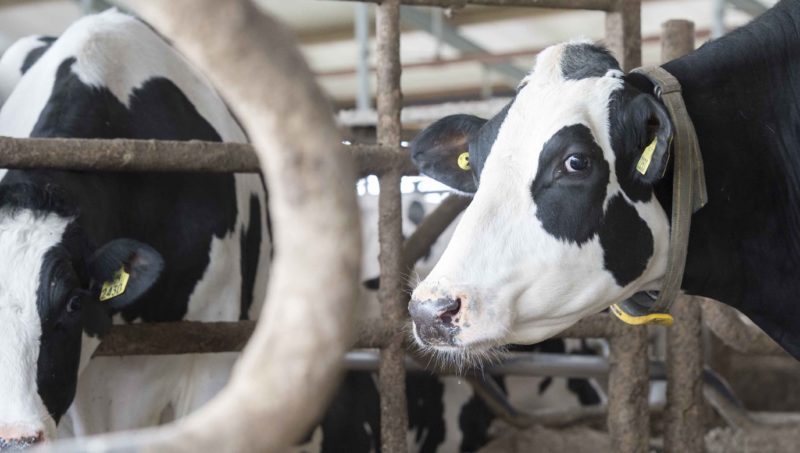
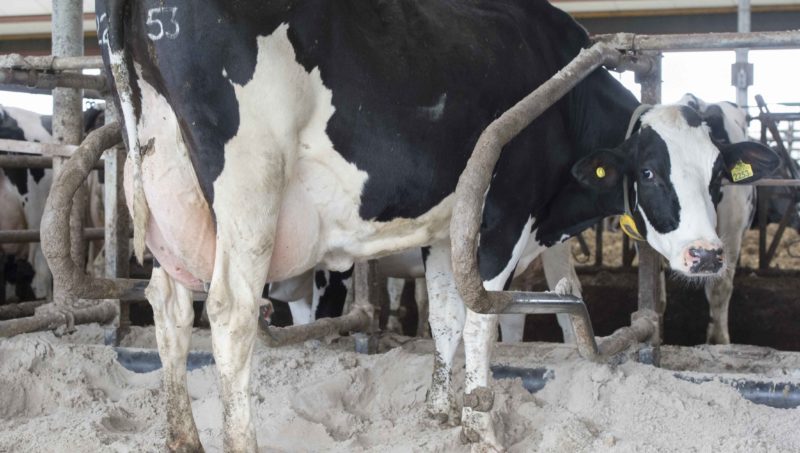
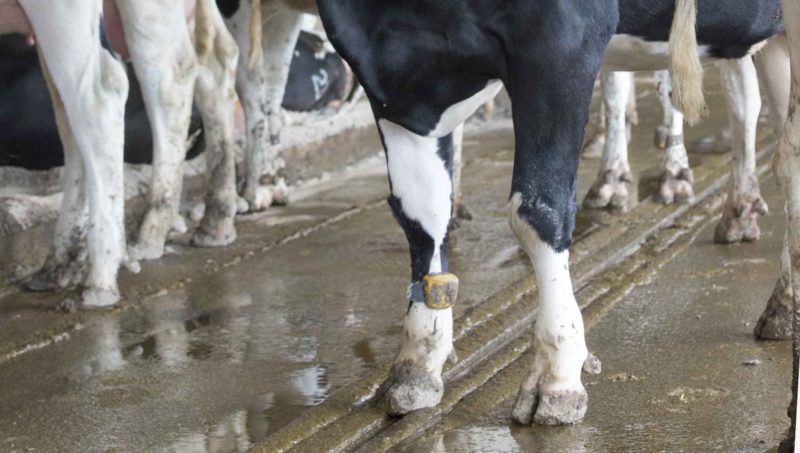
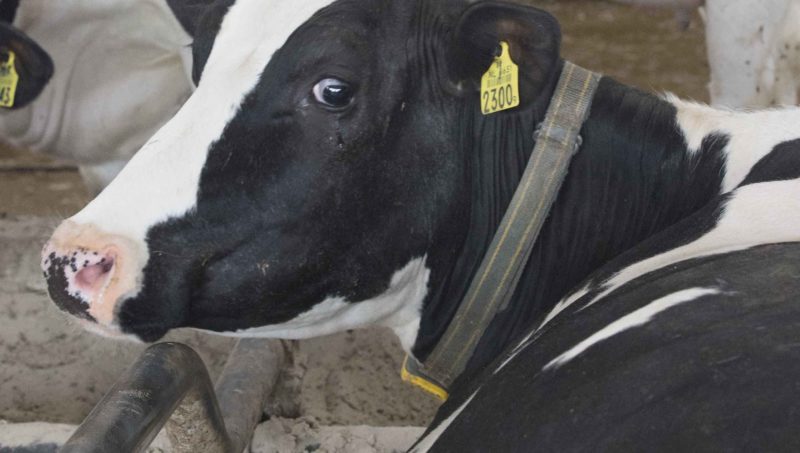
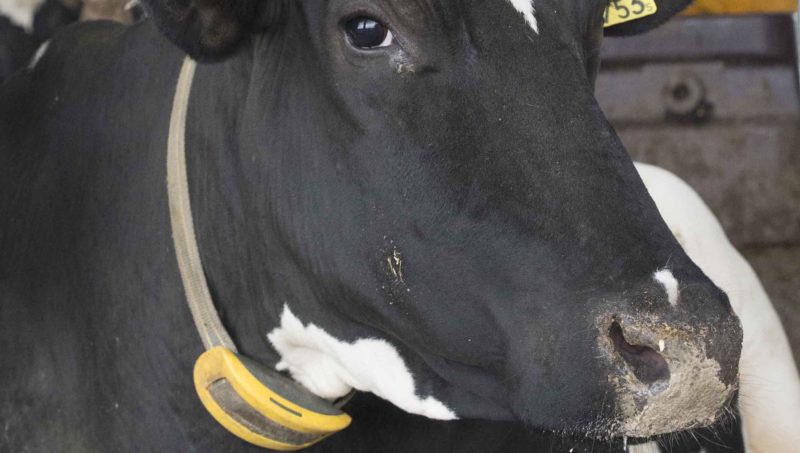
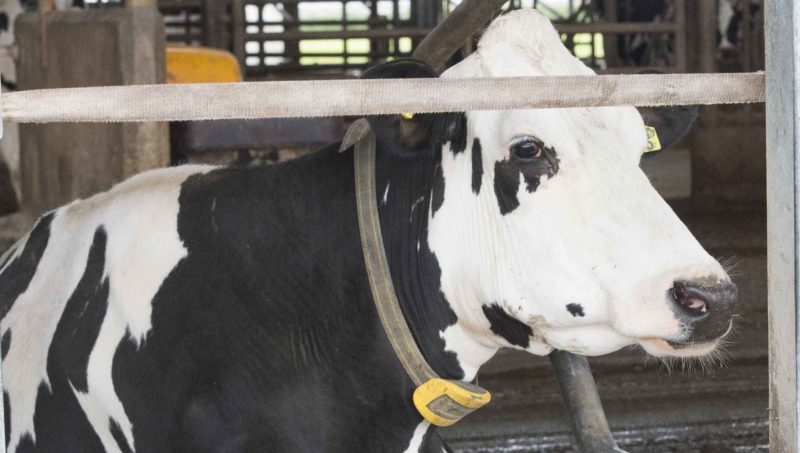
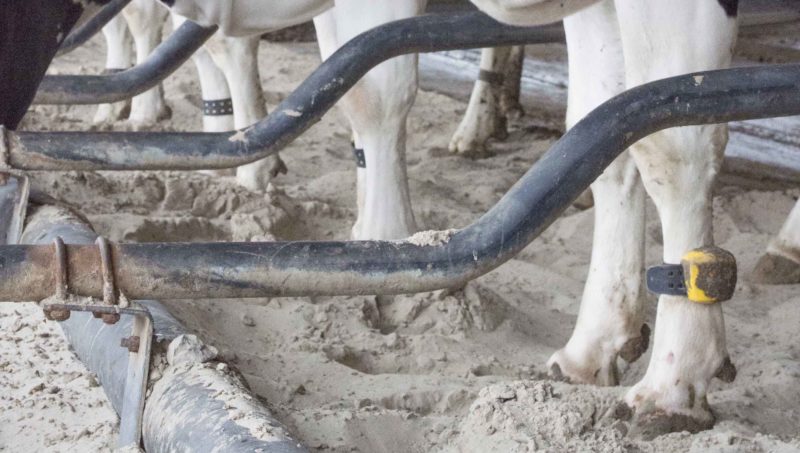

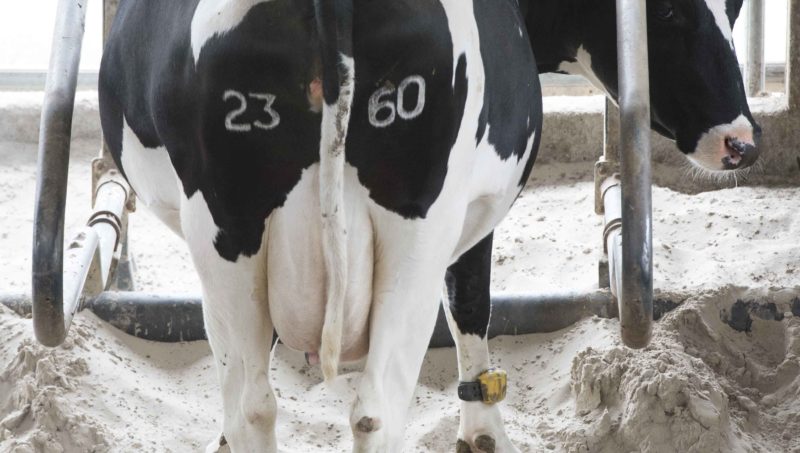
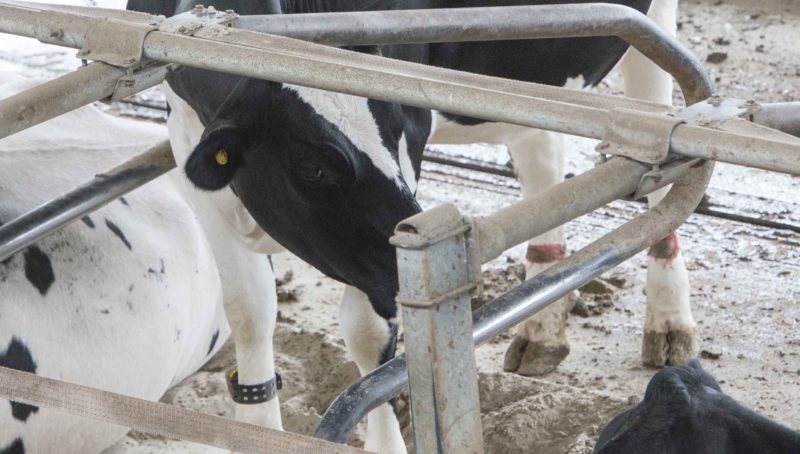
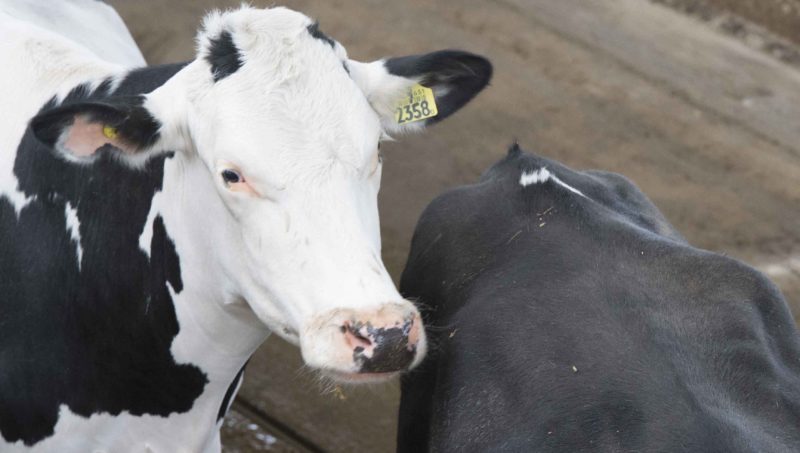
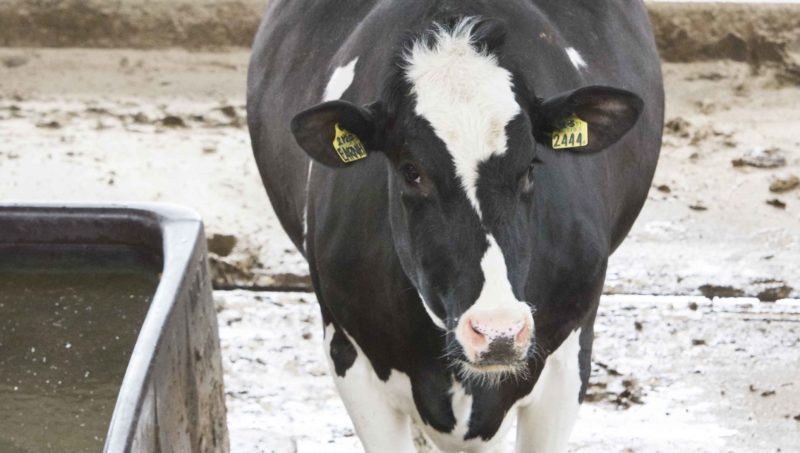
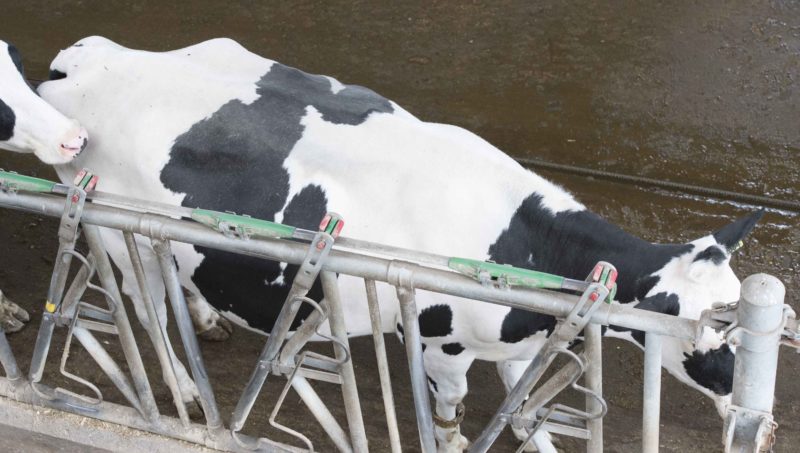
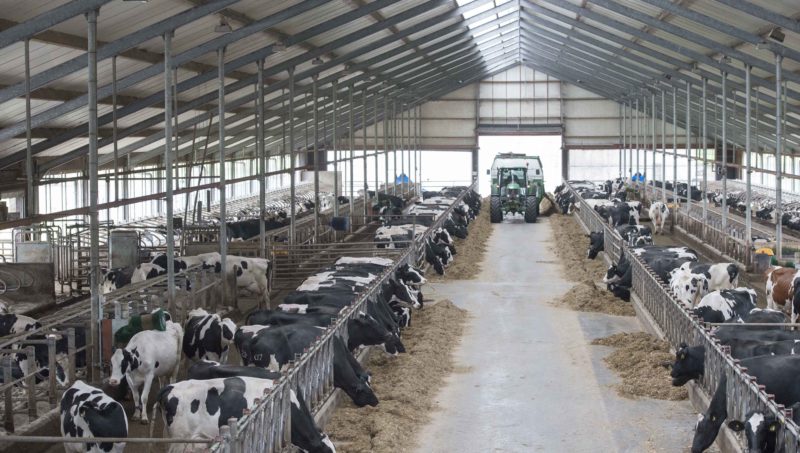
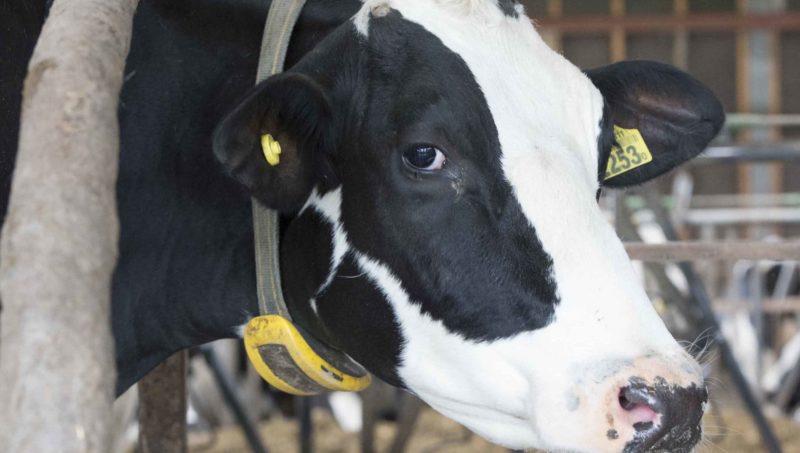

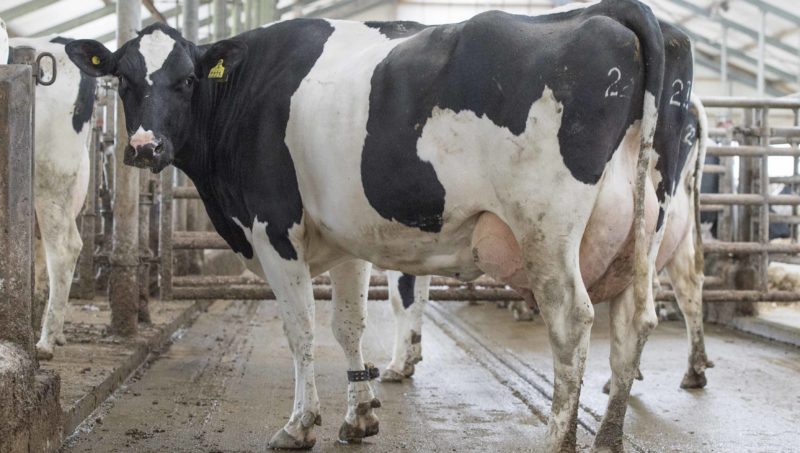
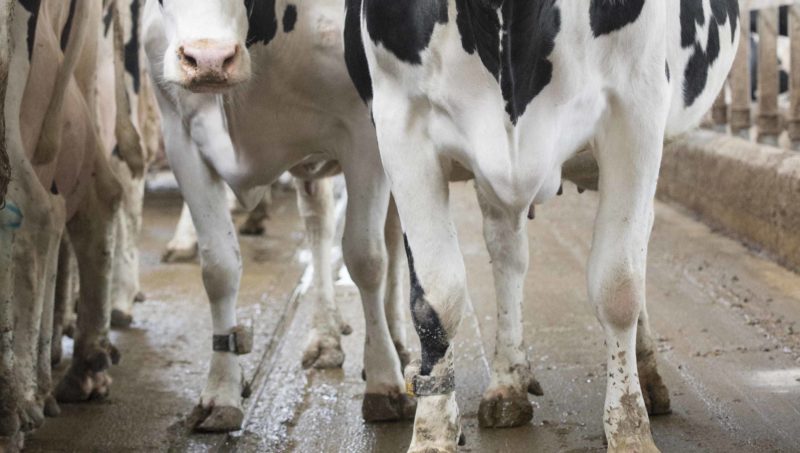
Search results for: ''
There are no results matching your criteria. Please try again with different criteria.